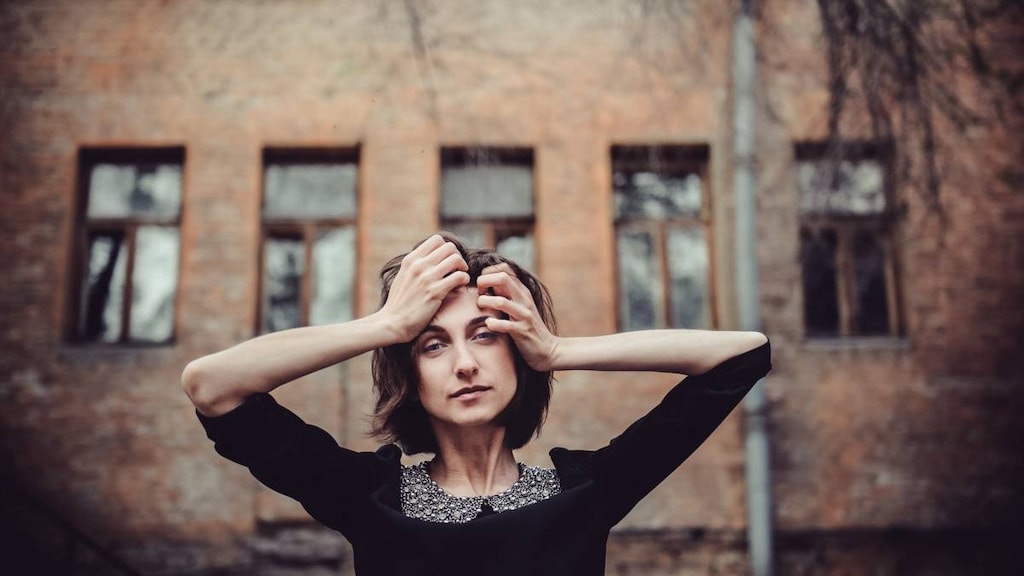
What is bipolar disorder?
Bipolar disorder is a type of mood disorder. People with bipolar disorder fluctuate from feeling down and depressed to feeling super-charged or manic.
The disorder used to be called manic depression or manic-depressive illness. However, nowadays, several types of bipolar disorder are recognized: bipolar I, bipolar II, cyclothymic disorder, mixed features, and rapid-cycling disorder.
What causes bipolar disorder?
Although the exact cause is unknown, there does seem to be a genetic link, and you are more likely to get bipolar disorder if you have another family member with the condition.
Symptoms are often triggered by a stressful situation or circumstance. This may take the form of a relationship breakdown; physical, sexual, or emotional abuse; money problems; or the death of a close family member or loved one.
Symptoms are thought to be due to changes in the balance of some neurotransmitters in the brain, specifically noradrenaline, serotonin, and dopamine.
It can be hard to recognize bipolar disorder initially. During a manic phase, a person with bipolar disorder may be incredibly fun to be around. However, as the condition progresses, these manic episodes become more extreme.
Some people with bipolar disorder only experience slight mania and are mainly depressed. Misdiagnosis as depression is common. If an antidepressant is prescribed without a mood stabilizer, it will often catapult the person into a full-on manic state. Recognizing bipolar illness is important for treatment, as mood stabilizing agents are the best type of medication.
What are the symptoms of bipolar disorder?
Symptoms vary among people with bipolar disorder, depending on what type of bipolar disorder they have; all have slightly different symptoms.
Symptoms reflect mood opposites and may include:
- Periods of high or irritable mood
- High energy levels
- Scattered and unproductive activity sometimes with painful or embarrassing consequences
- Little, if any, need for sleep
- Thinking that is out of step with reality
- Psychotic symptoms, such as false beliefs (delusions) or false perceptions (hallucinations)
- Very low mood
- Deep depression
- Self-loathing
- Feelings of hopelessness or despair
- Refusal to get out of bed.
Some people only develop milder symptoms of mania without psychotic symptoms. This is called hypomania. People who don’t have full blown episodes of mania are more likely to have bipolar II disorder.
These mood swings are much more severe than the normal ups and downs most people go through. In between mood swings, most people with bipolar disorder can lead relatively normal lives.
The time spent in each mood state (ie, mania or depression) varies depending on the type of bipolar disorder but can range from days to months. The severity of the mood state can also vary significantly, with some people only ever experiencing mild symptoms.
How is bipolar disorder treated?
Bipolar disorder can be successfully treated. For best results, medication needs to be combined with therapy sessions and the instigation of good routines.
The most effective treatment for bipolar disorder is a mood-stabilizing agent. These medications even out the troughs and the peaks of mood swings to keep you on a more even keel. Other treatments may include antipsychotics or antidepressants.
Medications should be combined with nonpharmacological treatments, such as:
- Cognitive-behavioral therapy: This looks into any negative thought patterns you may have and challenges them in order to change your behavior
- Interpersonal and social rhythm therapy: This aims to improve disruptions to your biological or social rhythms (such as sleep disturbances and relationship issues)
- Family focused therapy: This involves your family in your treatment, educating them and allowing them to support you fully.

